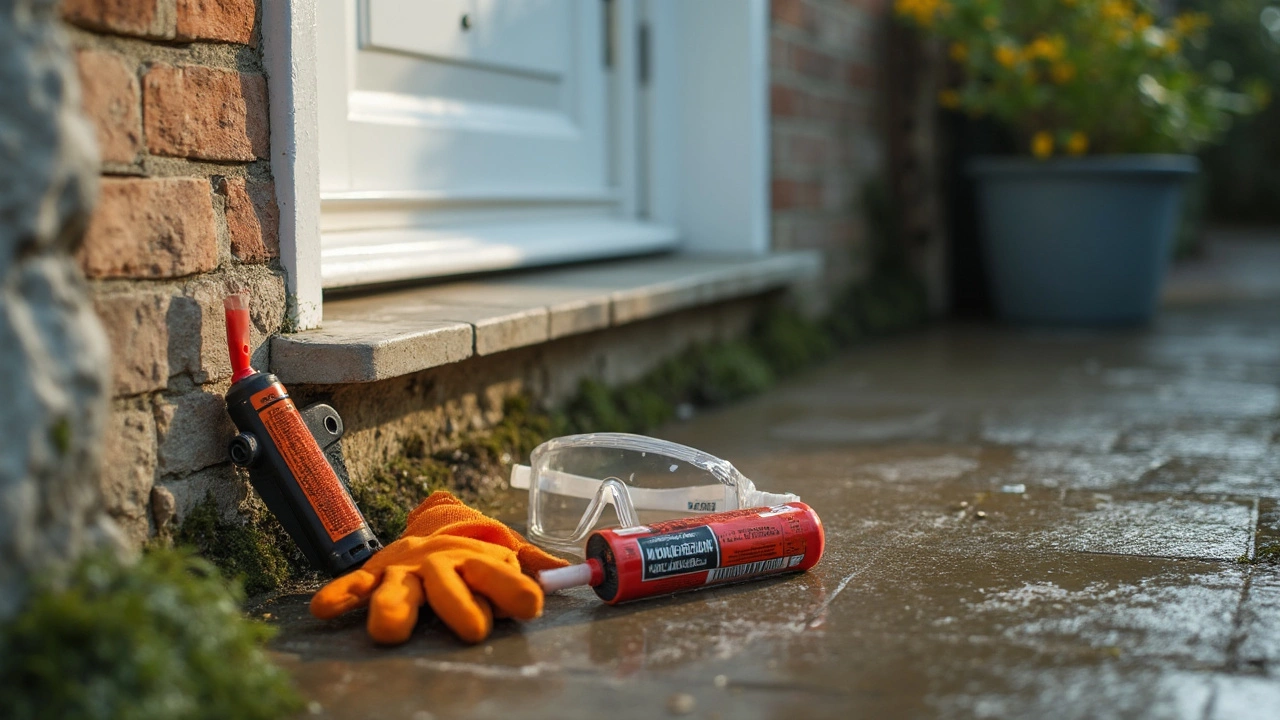DIY Repair: Straightforward Fixes for Everyday Home Problems
If you’ve ever stared at a crack in the wall or a leaky basement and wondered whether you could handle it yourself, you’re not alone. DIY repair isn’t about being a master builder – it’s about knowing the basics, using the right tools, and staying safe. On this page you’ll find clear, bite‑size advice that helps you decide when you can roll up your sleeves and when it’s smarter to call in a pro.
Common DIY Repair Projects
Most homeowners start with simple tasks that save money and boost confidence. Sealing hairline foundation cracks with epoxy, cleaning out a clogged gutter, or re‑grading soil around the footings are all doable with a weekend’s effort. Our guide on “Can You Fix Your Own House Foundation?” walks you through the steps, costs and warning signs so you don’t over‑promise yourself.
Kitchen upgrades are another popular DIY zone. A dry‑fit kitchen – where you test cabinet layout, plumbing rough‑in and countertop placement before the final install – can prevent costly mistakes later. The 2025 dry‑fit kitchen guide breaks the process into easy checklists, letting you spot issues early.
Roofing often feels scary, but understanding how roofers charge per square helps you negotiate a fair price and decide if a cheap roofing material is worth the risk. Our “Cheapest Ways to Roof a House” article shows you low‑cost options, the tools you’ll need, and safety tips to keep you off the ladder at the wrong time.
When to Call a Professional
Not every problem is a DIY win. Major foundation movement, large structural cracks or persistent water intrusion usually demand a structural engineer’s eye. Our “Can a Foundation Be Unfixable?” piece explains the red‑flag signs that mean repair costs could skyrocket and replacement might be the only safe route.
Similarly, electrical work, gas line repairs or any task that threatens the building’s integrity should be left to licensed tradespeople. Trying to DIY these jobs can lead to code violations, safety hazards, and higher insurance premiums.
Use the guidelines in the “Best New Build Companies in 2025” article to vet professionals when you need them. Knowing what to ask, what certifications to look for, and how to compare quotes saves you time and prevents surprise costs.
Bottom line: start small, follow step‑by‑step instructions, and always stop if you hit a safety wall. With the right knowledge, DIY repair can keep your home solid, save cash, and give you a real sense of accomplishment.
Best Foundation Crack Repair: What Actually Works?

Wondering how to fix a crack in your home's foundation? This article breaks down the best options out there, from pro materials to simple at-home fixes. We’ll talk about what actually fixes the problem and what just covers it up. You’ll find tips on spotting bigger trouble, easy tools to grab, and when it’s best to call for backup. Save yourself wasted time and money—get straight to what works.
read more



